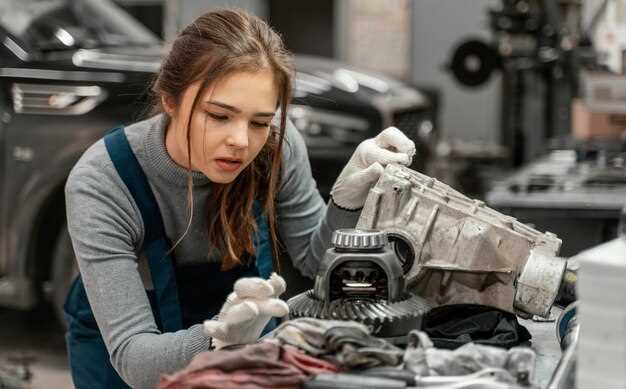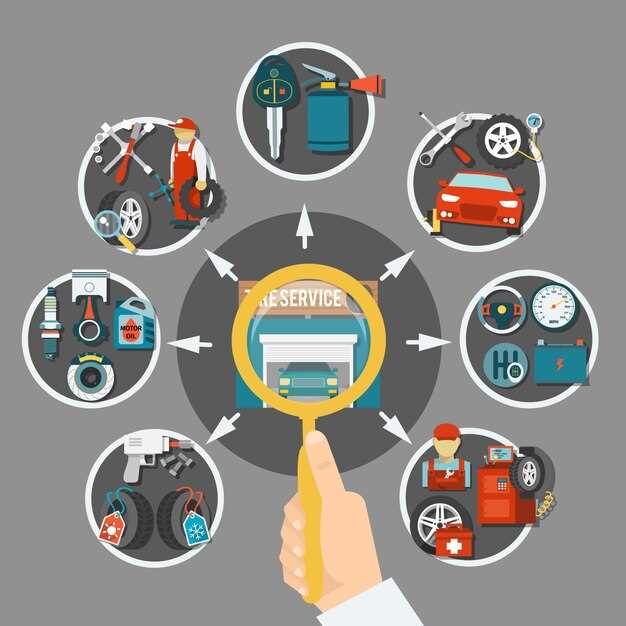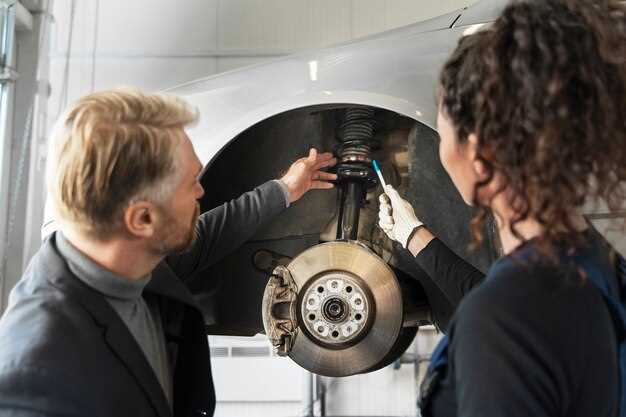
The dual-clutch transmission (DCT) has become increasingly popular in modern vehicles due to its ability to deliver faster gear shifts and improved fuel efficiency. However, as with any complex automotive system, the day may come when you need to replace this vital component. Understanding the costs associated with DCT replacement and how to approach the process can save you both time and money.
The expenses tied to replacing a dual-clutch transmission can vary widely depending on several factors, including the make and model of your vehicle, labor costs in your area, and whether you choose to use OEM parts or aftermarket alternatives. On average, drivers can expect to spend anywhere from $3,000 to $8,000 for the entire process, making it crucial to budget adequately and explore all available options.
In addition to financial considerations, it is essential to seek out reputable mechanics who have experience with dual-clutch systems. Proper installation and calibration are key to ensuring the longevity and reliability of your new transmission. This article will delve deeper into the costs involved and provide valuable advice on how to make informed decisions while navigating the replacement process.
Understanding the Costs of Dual-Clutch Transmission Replacement

Replacing a dual-clutch transmission (DCT) can be a significant financial undertaking, often ranging from $3,000 to $8,000 depending on several factors. The primary components influencing the cost include the make and model of the vehicle, labor rates, and whether the replacement involves an original equipment manufacturer (OEM) part or an aftermarket alternative.
Vehicle make and model can greatly affect the price. Luxury or high-performance vehicles typically require more expensive parts and specialized labor, which can drive up the overall replacement cost. For instance, DCTs found in brands such as Audi, BMW, or Porsche often come with higher parts prices compared to more mainstream brands.
Labor costs are another crucial aspect to consider. DCT replacements often take longer than traditional automatic or manual transmission services due to the complexity of the system. Labor rates can vary widely based on geographic location and the shop’s reputation, ranging from $75 to over $150 per hour. A complete DCT replacement might require 6 to 12 hours of labor, adding substantial expenses to the overall bill.
Choosing between OEM and aftermarket parts also impacts the total cost. OEM parts ensure compatibility and reliability, often coming with warranties but at a higher price. On the other hand, aftermarket options might offer cost savings but come with risks related to quality and fitment. It’s essential to weigh these factors and consider long-term value over short-term savings.
In addition to replacement costs, factor in potential additional expenses. For instance, transmission fluid and other necessary components for installation may require extra investment. Furthermore, some shops might also suggest preventive maintenance tasks during the replacement, contributing to overall costs but potentially enhancing the longevity of the new transmission.
Ultimately, understanding the expected costs for dual-clutch transmission replacement involves careful consideration of the vehicle, labor, parts selection, and any additional service needs. Consulting with a trusted mechanic or dealership can provide more tailored estimates based on individual circumstances.
Finding the Right Mechanic for Dual-Clutch Transmission Service
When it comes to servicing your dual-clutch transmission (DCT), selecting the right mechanic is crucial for ensuring optimal performance and longevity. Here are essential steps to help you find the best technician for your vehicle:
-
Research Experience:
Look for mechanics who have extensive experience specifically with dual-clutch transmissions, as they differ significantly from traditional automatic or manual systems.
-
Check Certifications:
Verify that the mechanic holds relevant certifications, such as ASE certification or manufacturer-specific training. These credentials indicate a trained professional who understands the intricacies of DCTs.
-
Ask for Recommendations:
Consult friends, family, or online automotive forums for recommendations. Positive reviews from other car owners can guide you toward qualified professionals.
-
Evaluate Tools and Technology:
Ensure the shop is equipped with the latest diagnostic tools and technology. DCTs require specialized equipment for accurate assessments and repairs.
-
Inquire About Warranty:
Ask if the mechanic offers warranties on their work. A warranty can provide peace of mind and safeguard against future issues that may arise after service.
-
Request a Detailed Estimate:
When discussing potential services, request a detailed estimate that breaks down costs for parts and labor. Transparency in pricing is a sign of a reputable mechanic.
-
Evaluate Communication:
Choose a mechanic who communicates clearly about repair processes and answers your inquiries thoroughly. Good communication fosters trust and ensures you stay informed throughout the service.
-
Consider the Shop’s Reputation:
Research online reviews and ratings for the shop. Tools like Google Reviews and Yelp can provide insights into previous customers’ experiences and overall satisfaction.
By considering these factors, you can find a skilled mechanic capable of providing quality service for your dual-clutch transmission, helping you maintain your vehicle’s performance and reliability.
Maintaining Your Dual-Clutch Transmission to Avoid Future Issues

Proper maintenance of a dual-clutch transmission (DCT) is crucial for ensuring its longevity and optimal performance. Unlike traditional automatic transmissions, DCTs require specific care to prevent costly repairs and replacements.
Regular Fluid Changes
One of the most significant aspects of DCT maintenance is the regular change of transmission fluid. Manufacturers usually recommend fluid changes every 30,000 to 60,000 miles, depending on driving conditions. Using the correct type of fluid is essential, as it facilitates smooth gear shifts and reduces wear on internal components.
Monitoring Temperature
Heat can be particularly detrimental to dual-clutch systems. It’s important to keep an eye on the transmission temperature, especially in demanding conditions such as towing or driving in heavy traffic. Overheating can lead to premature failure, so consider installing a transmission temperature gauge to monitor performance actively.
Software Updates
Modern DCTs often come equipped with advanced software that manages shifting, clutch engagement, and overall performance. Regularly checking for and applying manufacturer updates can enhance transmission function and address minor issues before they develop into major problems.
Driver Habits
Driving style significantly impacts the health of a dual-clutch transmission. Avoid rapid acceleration and hard braking, as these habits put additional strain on the system. Smooth driving not only extends the life of the DCT but also improves overall fuel efficiency.
Regular Inspections
Routine inspections by a qualified technician can help identify potential issues before they escalate. Pay attention to unusual noises, slipping gears, or warning lights on the dashboard. Addressing these symptoms early can save you from costly repairs down the line.
Clutch Wear Monitoring
Since a DCT uses two separate clutches for odd and even gears, monitoring their condition is critical. Keep track of any performance inconsistencies, as these may indicate clutch wear. Early detection can lead to less invasive repairs rather than complete replacement.
By following these maintenance practices, you can significantly reduce the risk of future issues with your dual-clutch transmission and ensure it remains reliable for years to come.




